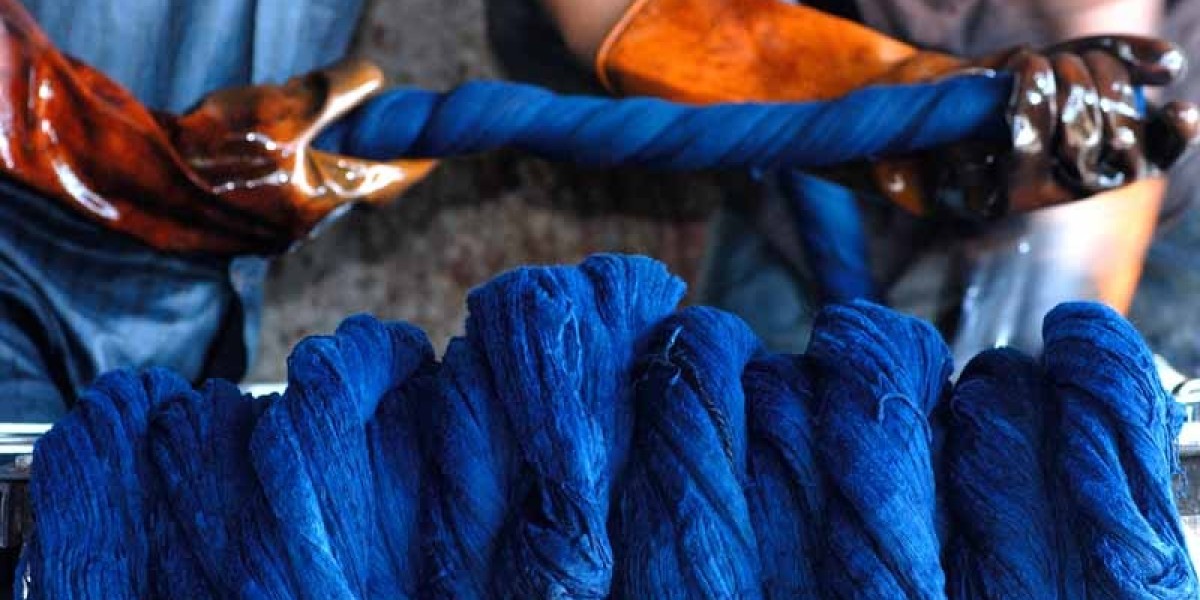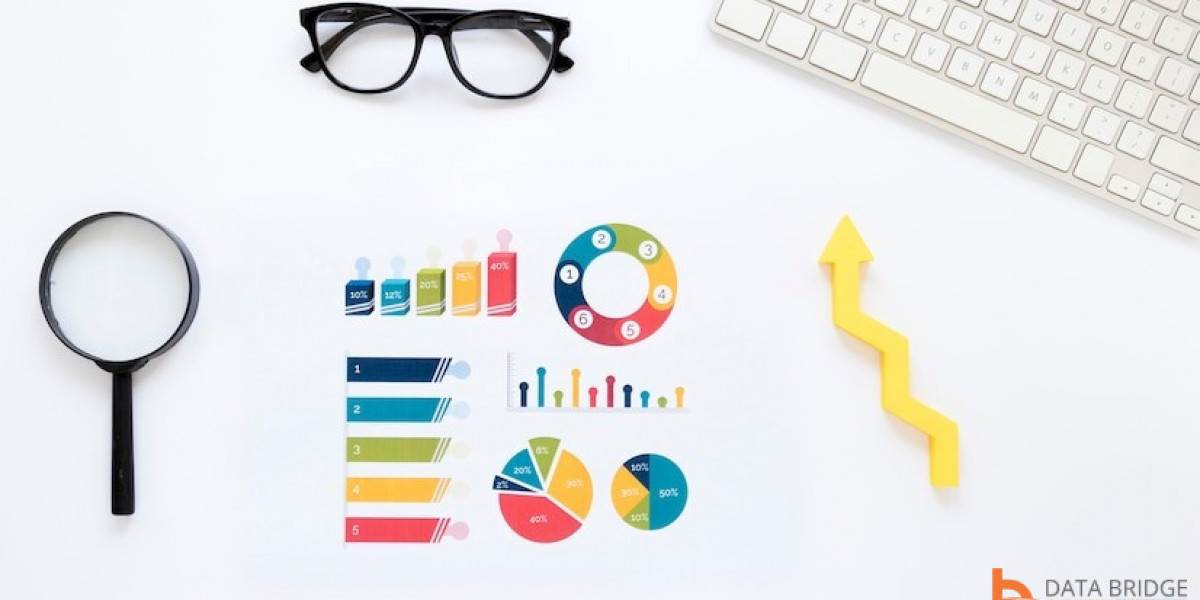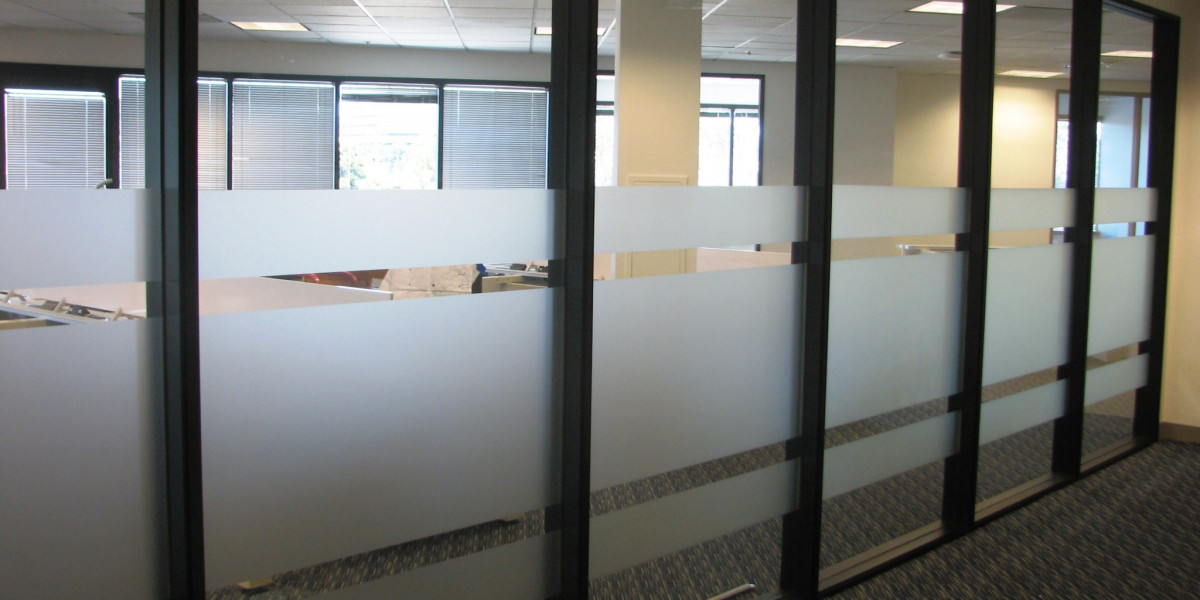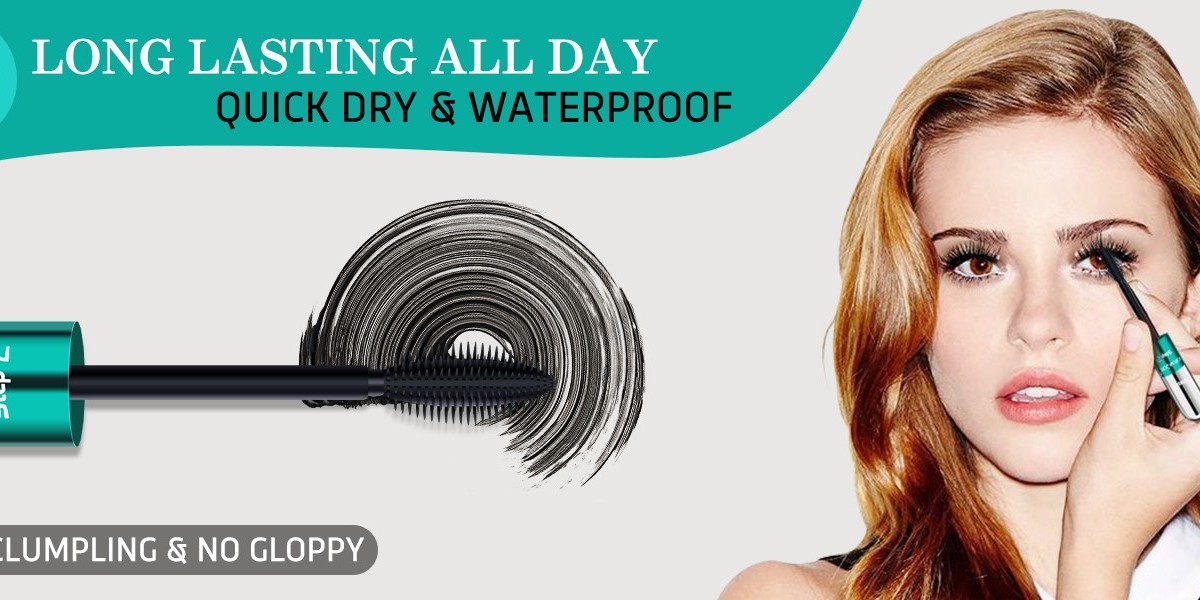Dyeing is a critical process in denim production that profoundly influences the final appearance and character of jeans. From the classic indigo dye to contemporary color innovations, dyeing techniques are essential in shaping the identity of denim products. This article delves into the role of dyeing in denim production, exploring traditional and modern methods, their impact on the final product, and how denim manufacturing companies utilize these techniques to meet market demands.
The Tradition of Indigo Dyeing
Indigo dyeing is a time-honored technique that has defined denim for centuries. Indigo, a natural dye derived from the plant Indigofera tinctoria, has been used since ancient times to produce deep blue hues. The tradition of indigo dyeing is especially significant in denim production, where it imparts the distinctive blue color associated with jeans.
Premium quality jeans manufacturers often use indigo dye to achieve the rich, classic blue shade that is synonymous with denim. The dyeing process typically involves dipping the fabric into a vat of indigo dye multiple times to achieve the desired depth of color. This method creates a unique color gradient and allows for the development of characteristic fading patterns over time.
The traditional indigo dyeing process involves several steps:
Preparation: The denim fabric is prepared by washing and treating it to ensure even dye absorption.
Dyeing: The fabric is immersed in the indigo dye vat, where it is exposed to oxygen to develop the blue color. Multiple dips are often required to achieve the desired shade.
Fixation: After dyeing, the fabric is treated with chemicals to fix the color and enhance its durability.
Indigo dyeing not only imparts color but also contributes to the texture and appearance of the denim. The dye's interaction with the fabric creates a distinct pattern of fading and wear, adding to the jeans' character.
Innovations in Dyeing Techniques
While indigo dyeing remains a staple, denim manufacturing companies have embraced a variety of innovative dyeing techniques to meet evolving fashion trends and environmental considerations. These modern methods offer new color possibilities and enhance the sustainability of denim production.
Reactive Dyeing: This technique involves using dyes that chemically bond with the fabric, resulting in vibrant and long-lasting colors. Reactive dyeing is used to achieve a wide range of colors and patterns beyond traditional indigo. The process is efficient and environmentally friendly, as it minimizes dye waste and reduces water consumption.
Pigment Dyeing: Pigment dyeing involves applying color pigments to the surface of the fabric rather than integrating them into the fibers. This method allows for a wide range of colors and finishes, including pastel and neon shades. Pigment-dyed denim often has a more opaque appearance and can create unique, faded looks with wear.
Over-Dyeing: Over-dyeing involves applying an additional layer of dye over existing denim. This technique can alter the color of the denim, creating a multi-dimensional effect. Over-dyeing is often used to achieve unique color variations and enhance the visual appeal of the jeans.
Sustainable Dyeing Practices: In response to growing environmental concerns, many denim clothing companies are adopting sustainable dyeing practices. These include the use of natural dyes, water-saving techniques, and closed-loop systems that recycle dye and water. Sustainable dyeing methods aim to reduce the environmental impact of denim production while maintaining high-quality standards.
The Impact of Dyeing on Denim Quality
The dyeing process plays a crucial role in determining the final quality and appearance of denim. The choice of dyeing technique, the depth of color, and the fabric's interaction with the dye all contribute to the jeans' overall look and feel.
Fabric Durability: The dyeing process can affect the durability of denim. Traditional indigo dyeing, for instance, may cause the fabric to weaken slightly, making it more susceptible to wear and tear. However, the distinctive fading patterns that result from this process are often valued for their aesthetic appeal. Modern dyeing techniques, such as reactive dyeing, can enhance fabric durability while providing vibrant, long-lasting colors.
Color Consistency: Achieving consistent color across batches of denim can be challenging. Variations in dyeing conditions, fabric composition, and dye application can lead to differences in color. Denim manufacturers employ strict quality control measures to ensure color consistency and meet the expectations of consumers and retailers.
Aesthetic Appeal: Dyeing contributes significantly to the aesthetic appeal of denim. The choice of color, dyeing technique, and finishing processes all influence the jeans' final appearance. Denim with unique dyeing patterns or innovative colors can stand out in the market and attract fashion-conscious consumers.
The Role of Dyeing in Denim Fashion Trends
Dyeing techniques have a significant impact on denim fashion trends. The ability to create a wide range of colors and finishes allows designers to experiment with new styles and aesthetics. For instance, the trend of distressed and vintage-looking jeans is closely linked to traditional indigo dyeing and subsequent washing techniques.
Fashion Innovation: Innovations in dyeing allow designers to push the boundaries of denim fashion. From bold, vibrant colors to subtle pastel shades, modern dyeing techniques offer endless possibilities for creative expression. The ability to produce unique color effects and finishes helps designers stay ahead of trends and offer consumers new and exciting options.
Consumer Preferences: Consumer preferences for denim colors and finishes often drive trends in dyeing techniques. As fashion tastes evolve, jeans manufacturers adapt their dyeing processes to meet changing demands. Whether it’s the resurgence of vintage styles or the rise of eco-friendly fashion, dyeing plays a crucial role in shaping the denim industry.
Conclusion
Dyeing is a fundamental aspect of denim production that significantly impacts the final product's appearance, durability, and quality. From the traditional use of indigo to modern dyeing innovations, the techniques employed by denim manufacturing companies shape the character and style of jeans. Understanding the role of dyeing in denim production not only highlights the craftsmanship behind each pair of jeans but also offers insight into the evolving trends and technologies in the industry. As fashion and environmental considerations continue to influence denim production, dyeing will remain a key element in creating high-quality, stylish, and sustainable denim products.









